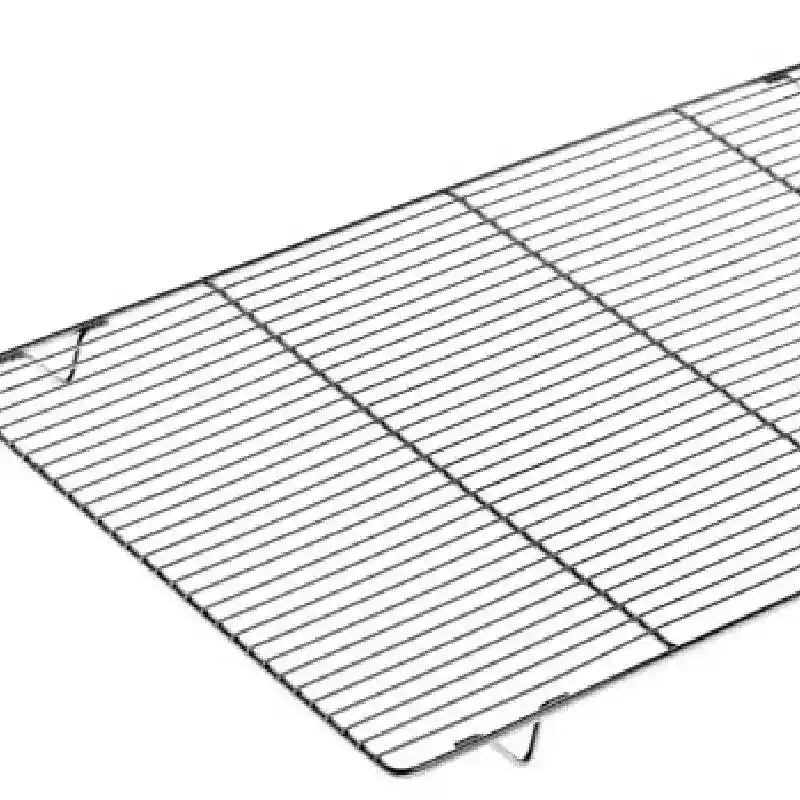
- Mobile Phone
- +8613931874955
- sales@cntcmetal.com
external render corner bead
Exploring External Render Corner Beads Importance and Installation
External render corner beads play a critical role in the construction and finishing of buildings, especially in achieving aesthetically pleasing and durable external walls. These corner beads are essential for providing a clean and sharp edge at the junction of wall surfaces, ensuring that the render adheres properly and remains intact over time. In this article, we will delve into the significance of external render corner beads, their various types, and the installation process.
Importance of External Render Corner Beads
One of the primary reasons for using external render corner beads is to enhance the strength and durability of the wall corners. These beads protect the corners from damage caused by impacts and weather conditions, which can lead to chipping and cracking. By reinforcing the vulnerable edges, external render corner beads help maintain the integrity of the building's exterior, prolonging its lifespan.
Additionally, corner beads contribute to the overall aesthetic appeal of a building. They provide crisp, clean lines that enhance the visual quality of a rendered wall. When properly installed, corner beads create a professional finish, making a property look well-maintained and stylish. This aspect is particularly important in the competitive real estate market, where first impressions are significant.
Types of External Render Corner Beads
There are various types of external render corner beads, each serving different purposes and suited to specific applications. Common types include
1. Metal Corner Beads Typically made of galvanized steel or aluminum, metal corner beads are known for their strength and durability. They are ideal for use in areas that may experience high traffic or impact.
2. Plastic Corner Beads Lightweight and resistant to corrosion, plastic corner beads are an alternative to their metal counterparts. They are easier to handle and can be an excellent choice in regions with high moisture.
3. Fiberglass Corner Beads These beads provide greater flexibility and resistance to cracking compared to metal and plastic options. They are often used in situations where traditional beads may be prone to damage.
external render corner bead

4. Flexible Corner Beads Made from a combination of materials, flexible corner beads can bend and conform to curved surfaces, making them suitable for architectural designs with rounded edges.
Installation Process
Proper installation of external render corner beads is crucial for ensuring they fulfill their protective and aesthetic roles. The following steps outline the general installation process
1. Preparation Before installation, inspect the wall surface to ensure it is clean and free of dust or debris. Any imperfections should be addressed to provide a smooth surface for the corner bead.
2. Measurement and Cutting Measure the height of the wall corner and cut the corner bead to the appropriate length. For metal and plastic beads, ensure you use the correct cutting tools to avoid damaging the material.
3. Fixing Position the corner bead at the desired location, aligning it with the corner of the wall. Use screws or nails to fix the bead in place. Ensure that it sits flush against the wall, as this will be critical when applying the render.
4. Rendering Once the corner bead is securely in place, the next step is to apply the render. Use a trowel to spread the render onto the wall, ensuring an even coat over the corner bead. The render should be feathered out beyond the edges of the bead for a smooth transition.
5. Finishing After the render has dried, any excess material around the corner bead can be trimmed to ensure a neat finish. Additional rendering and sanding may be necessary to achieve the desired appearance.
Conclusion
External render corner beads are indispensable in modern construction, providing both protection and aesthetic appeal to building projects. Understanding their importance, the types available, and the installation process is vital for architects, builders, and DIY enthusiasts looking to enhance the durability and appearance of their renderings. Proper attention to detail during installation ensures that these corner beads will effectively serve their purpose for many years to come.
share:
-
Why Sacrificial Formwork Is Redefining Underground ConstructionNewsJun.06,2025
-
The Structural Dynamics of Modern Concrete: How Snake Spacers Revolutionize Flexible ReinforcementNewsJun.06,2025
-
Snake Spacers Smart-Lock Concrete Reinforcement with Surgical PrecisionNewsJun.06,2025
-
Snake Spacers: Reinforcement Precision for Modern Concrete ProjectsNewsJun.06,2025
-
Snake Spacers Powering Concrete's Structural DNANewsJun.06,2025
-
Slither into Success: Snake Spacers' Precision Bite for Unbreakable ReinforcementNewsJun.06,2025
-
Sacrificial Formwork: Building Stronger, Faster, and Safer StructuresNewsJun.06,2025



















